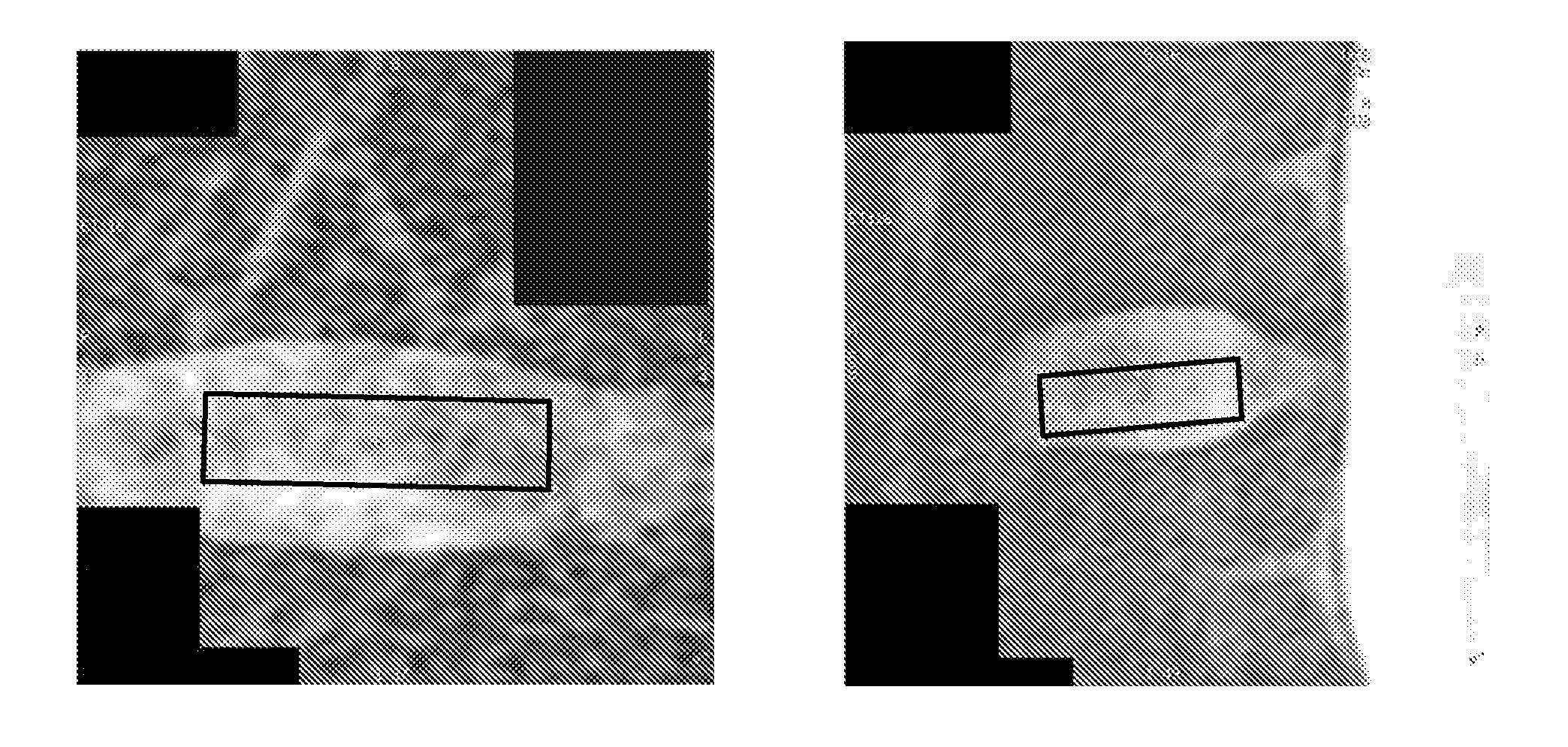MR spectroscopy system and method for diagnosing painful and non-painful intervertebral discs
a spectroscopy system and disc technology, applied in the field of mr spectroscopy system and method for diagnosing painful and non-painful intervertebral discs, can solve the problems that the structural information provided by standard mri exams of the lumbar spine is not generally useful for distinguishing between painful and painful, and the degree disc degeneration has not been well correlated to pain, so as to reduce the truncation effect of sample data
- Summary
- Abstract
- Description
- Claims
- Application Information
AI Technical Summary
Benefits of technology
Problems solved by technology
Method used
Image
Examples
example 1
[0178]A DDD-MRS pulse sequence and signal processor were constructed to incorporate various aspects of the present embodiments disclosed herein and were used and evaluated in clinical experience across a population of discs in chronic, severe low back pain patients and asymptomatic control volunteers. Various data extracted from features of interest along the acquired and processed DDD-MRS acquisition series for discs evaluated in these subjects were compared against control diagnoses for severe disc pain vs. absence severe disc pain, in order to develop and characterize a DDD-MRS diagnostic processor with the highest possible correlation to the control diagnoses.
[0179]Methods:
[0180]Clinical Study Population:
[0181]The study included 65 discs from 36 total subjects. Thirty-eight discs were from 17 patients with a clinical diagnosis of chronic, severe low back pain (LBP group), and 27 discs were from 19 asymptomatic volunteers (ASY Group). 25 discs in 12 of the LBP patients also recei...
example 2
[0203]The 52 disc clinical data set evaluated under the DDD-MRS system embodiments of the present disclosure and associated with Example 1 was further expanded with additional new subjects examined for a total of 74 discs, with additional signal processing developments performed and diagnostic algorithm development conducted to determine the optimal correlation to the expanded data set. The results of this algorithm development and analysis was then applied to an additional 5 discs in new asymptomatic control volunteers prospectively, for 79 total discs later evaluated.
[0204]Standard logistic regression procedures were used to develop a second generation linear regression model between disc variables obtained from DDD-MRS acquisitions and processed by the DDD-MRS signal processing engine, to disc pain status (pain / no-pain entered as a categorical variable based on provocative discography). MR spectra (in-phase real power format) from a population of 74 discs (15 painful and 59 asymp...
example 3
[0223]Standard logistic regression procedures were used to relate disc variables obtained from DDD-MRS acquisitions and processed by the Nociscan signal processing engine to disc pain status (pain / no-pain entered as a categorical variable based on provocative discography). Acquired DDD-MRS spectra were processed, analyzed, and presented post-processing for diagnostic purposes in absorption mode—vs. real-part squared power format of prior Examples. The spectral acquisitions were the same and from the same population of 79 discs in 42 subjects (15 painful and 64 asymptomatic) as featured in Example 2, used here for further algorithmic classifier development. Certain signal quality criteria were also used in this Example 3 to determine each of three classifications of acquired results—namely recognizing the following sub-groups: (1) a first spectral group with clearly apparent lipid signal (then given its own logistic regression model and resulting algorithm), and (2) a second spectral...
PUM
 Login to View More
Login to View More Abstract
Description
Claims
Application Information
 Login to View More
Login to View More - R&D
- Intellectual Property
- Life Sciences
- Materials
- Tech Scout
- Unparalleled Data Quality
- Higher Quality Content
- 60% Fewer Hallucinations
Browse by: Latest US Patents, China's latest patents, Technical Efficacy Thesaurus, Application Domain, Technology Topic, Popular Technical Reports.
© 2025 PatSnap. All rights reserved.Legal|Privacy policy|Modern Slavery Act Transparency Statement|Sitemap|About US| Contact US: help@patsnap.com



